News from JLC
Handwriting, Mathematics, Procedural Text, Library and Religious Education

News from JLC
Handwriting, Mathematics, Procedural Text, Library and Religious Education
Across Victorian schools, the art of handwriting is taught as Victorian Modern Cursive which can be joined or unjoined. It is produced with maximum efficiency and minimum effort by using the easiest and most compatible physical movements. The Victorian Modern Cursive can be characterised by the following letter formation and handwriting processes that enhance fluency:
In the JLC classroom, students are being taught how to form their letters correctly including, the correct starting and ending positions, as well as spacing between letters and words, and positioning letters appropriately on the dotted third lines. The dotted thirds show students where to place letters that have tall sticks such as, h l and k, letters that have tails such as g y and j and letters that have both as well as a horizontal stroke such as f. We also use an analogy of a cat (head, body and tail) to indicate the letters that have one or more of the cat body parts. For example, the vowels a, e, i, o and u are cat body letters, and h, l and k are cat head and body letters.
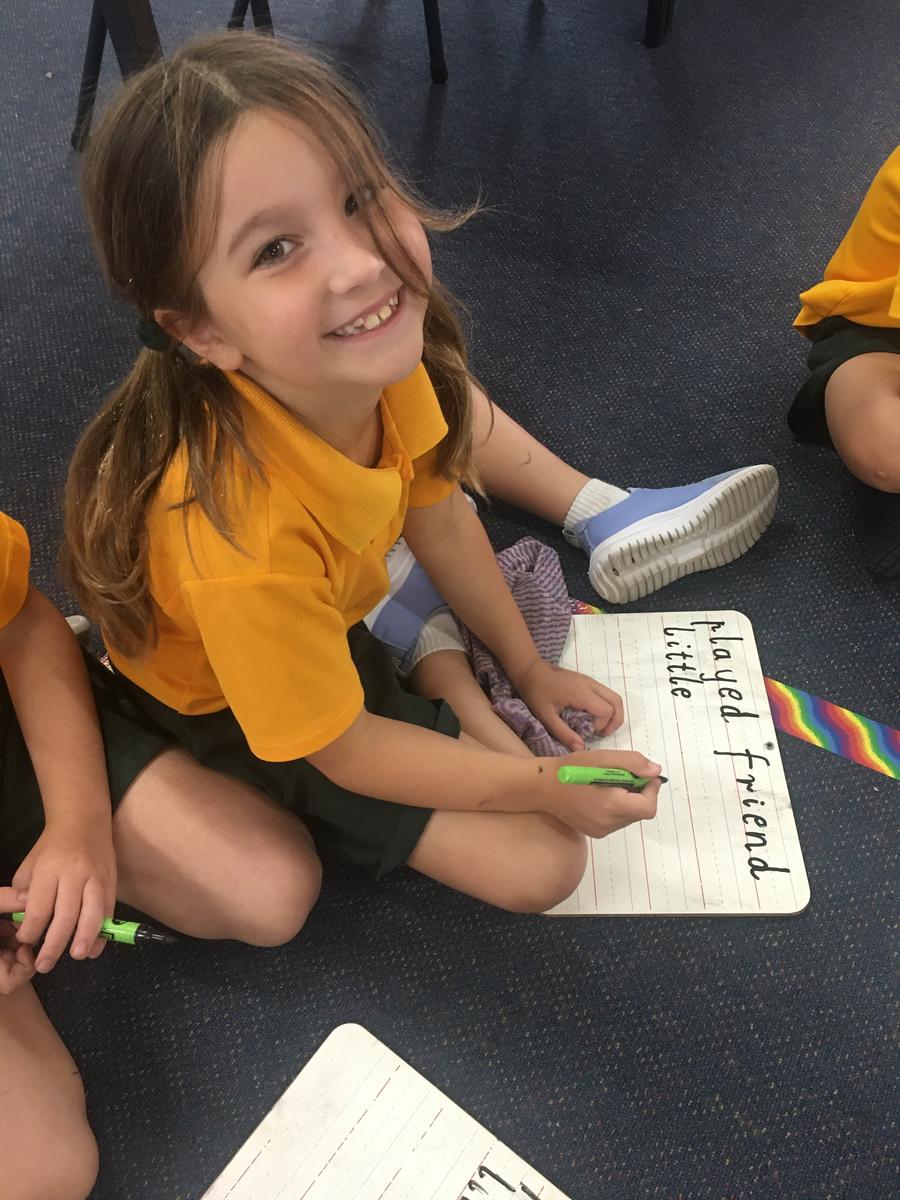
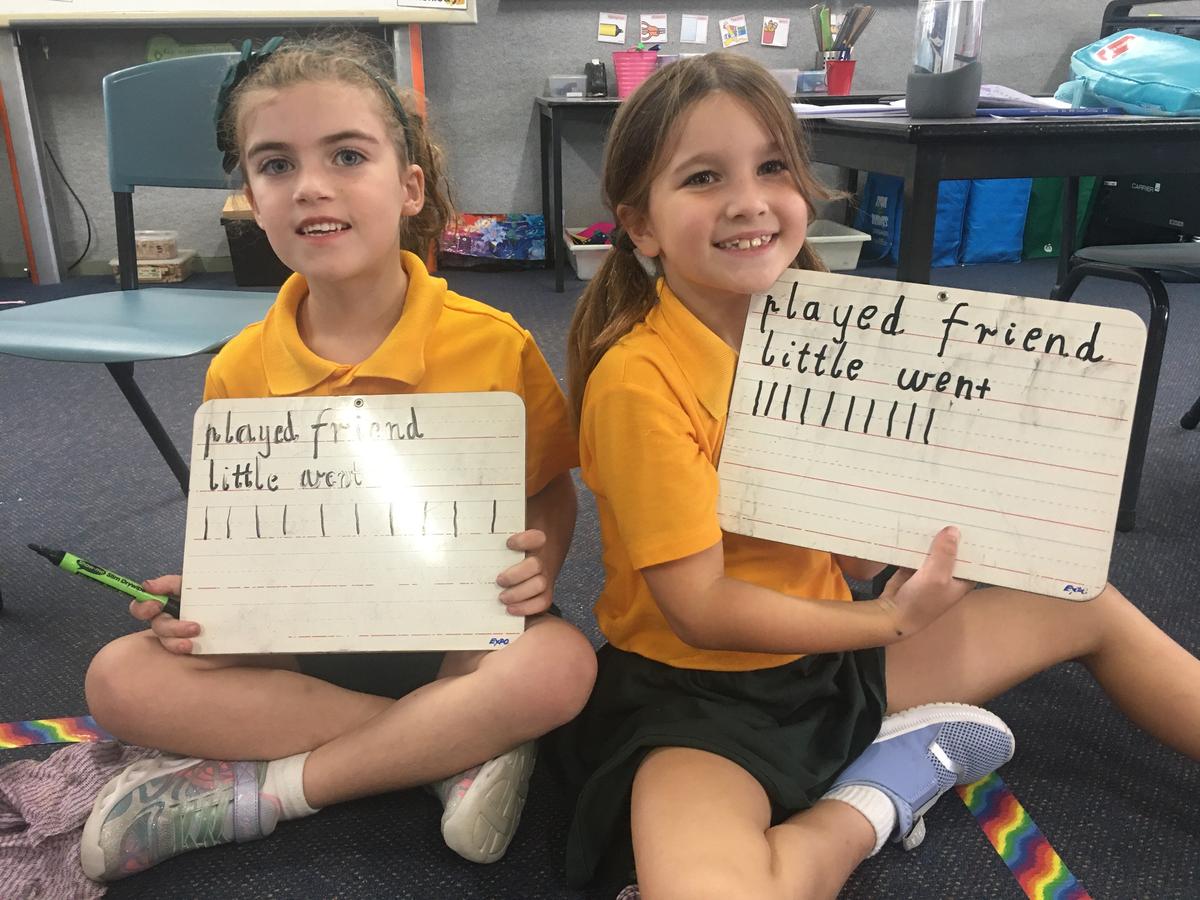






A sentence that we practise writing regularly is: The quick brown fox jumped over the lazy dogs, because it uses all the letters of the alphabet.
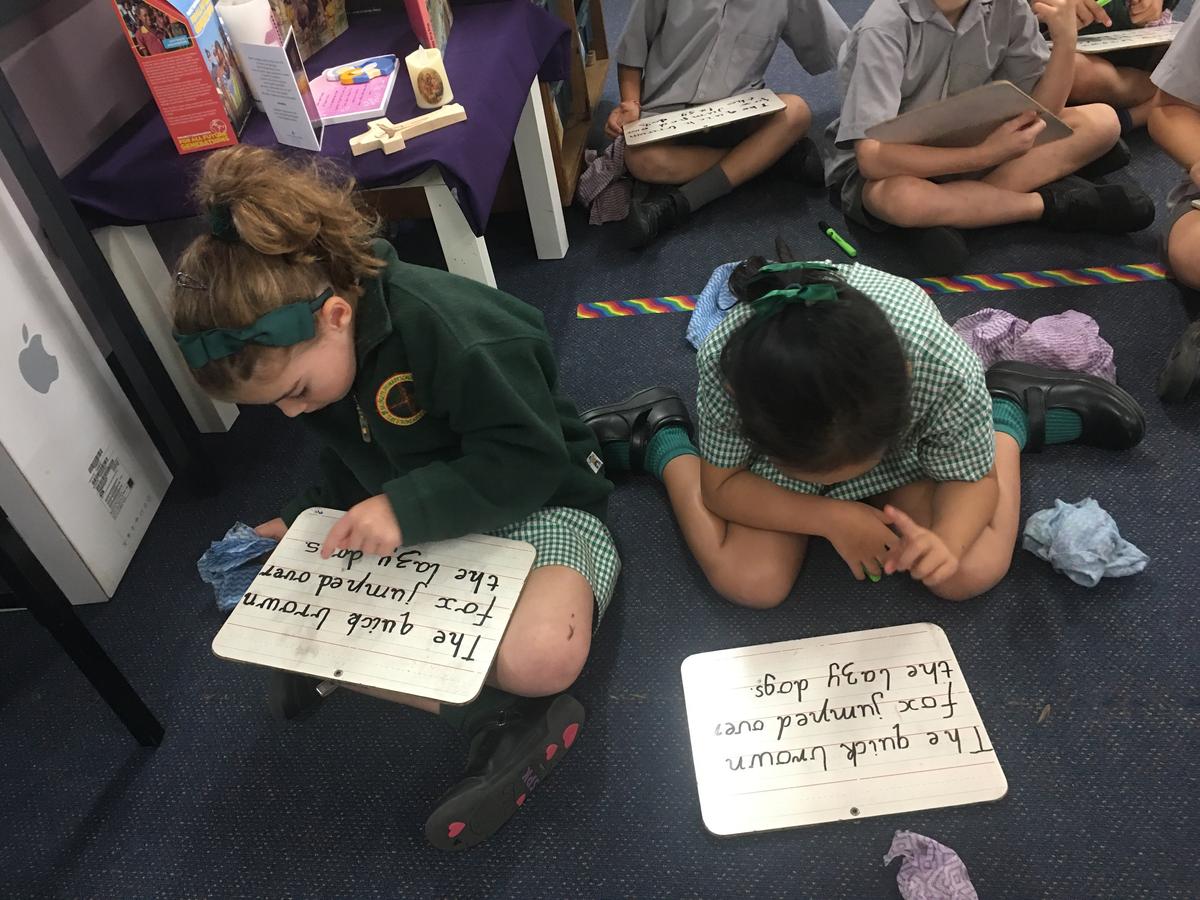

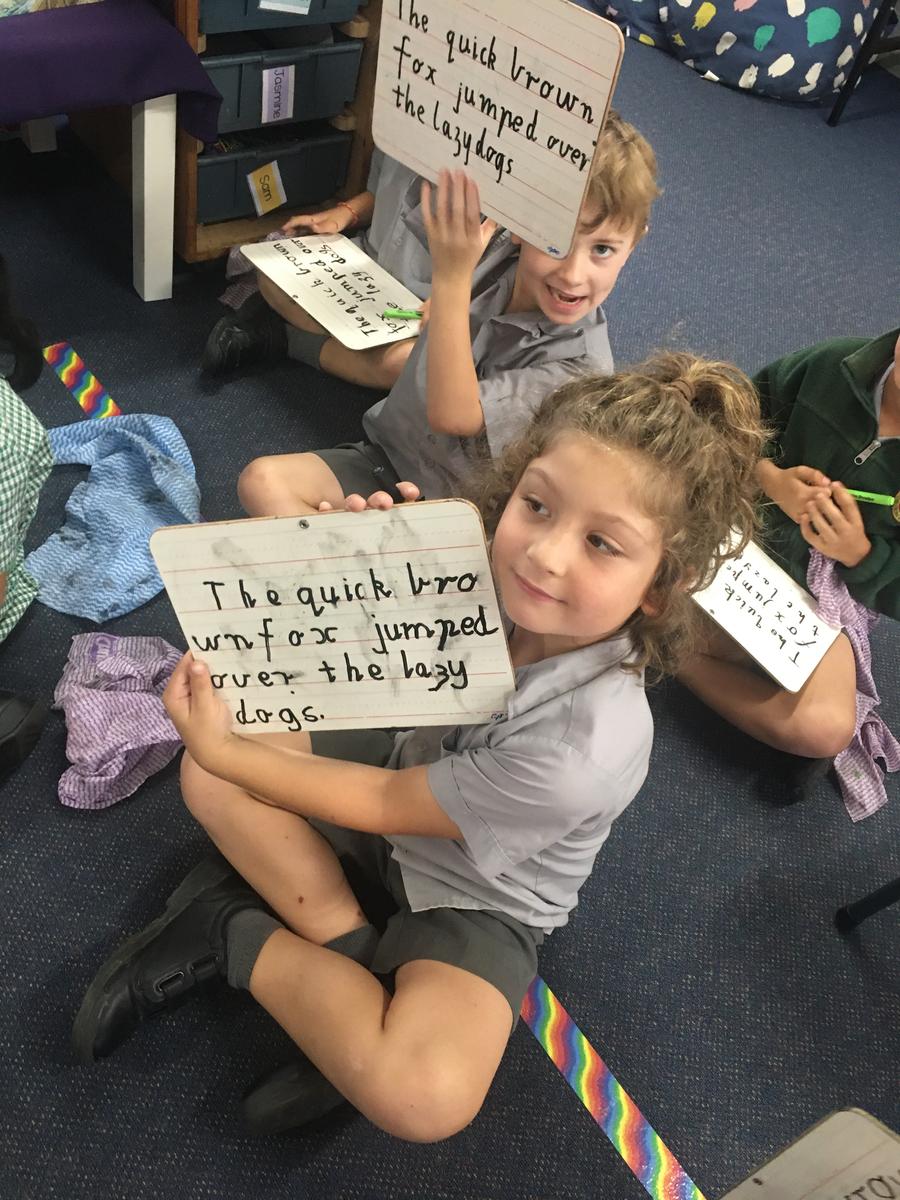





In Mathematics, students have been learning about number patterns within addition and the importance of knowing the number bonds to 10, also known as Rainbow Numbers.
Once children understand the pairs of numbers that add to 10, they notice that these patterns reoccur in higher numbers. For example, 2 + 8 = 10, 22 + 8 = 30 and 220 + 80 = 300.

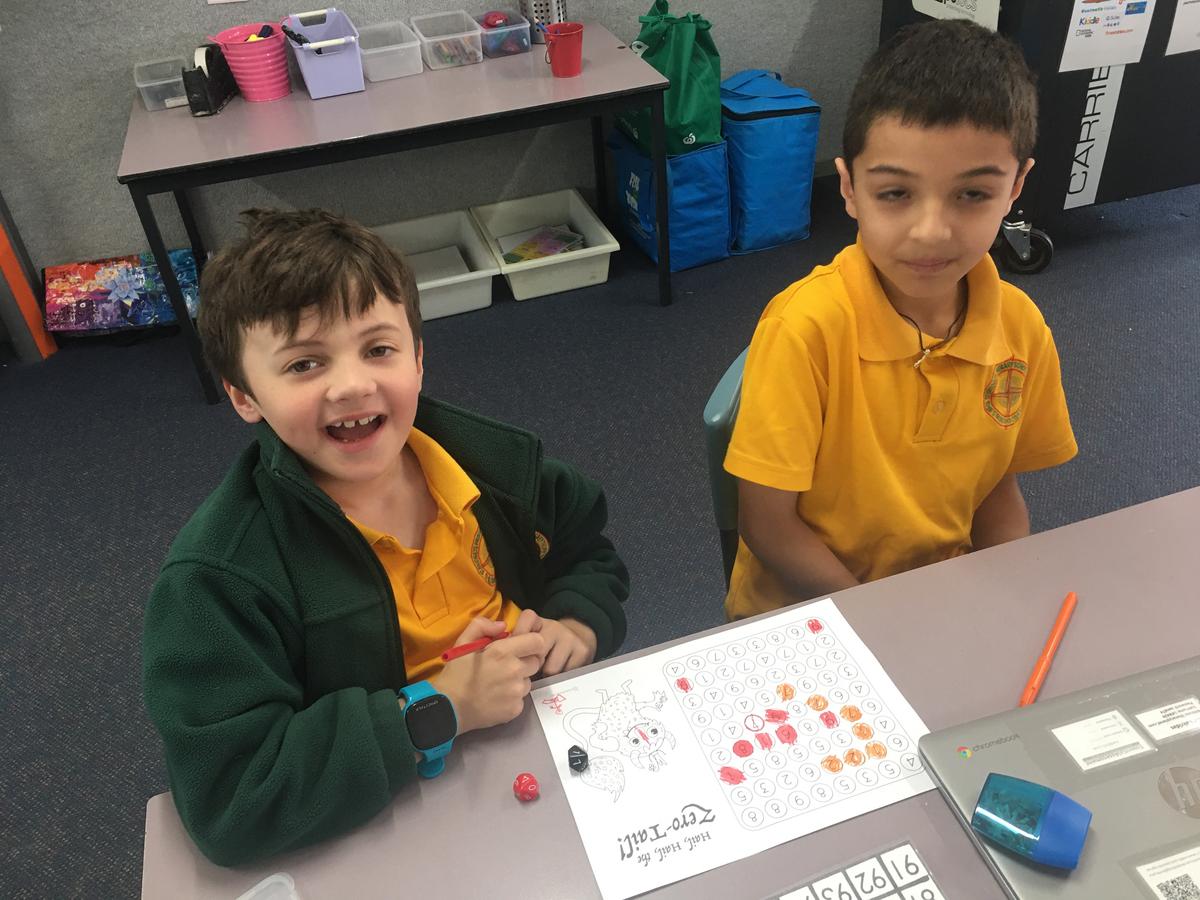
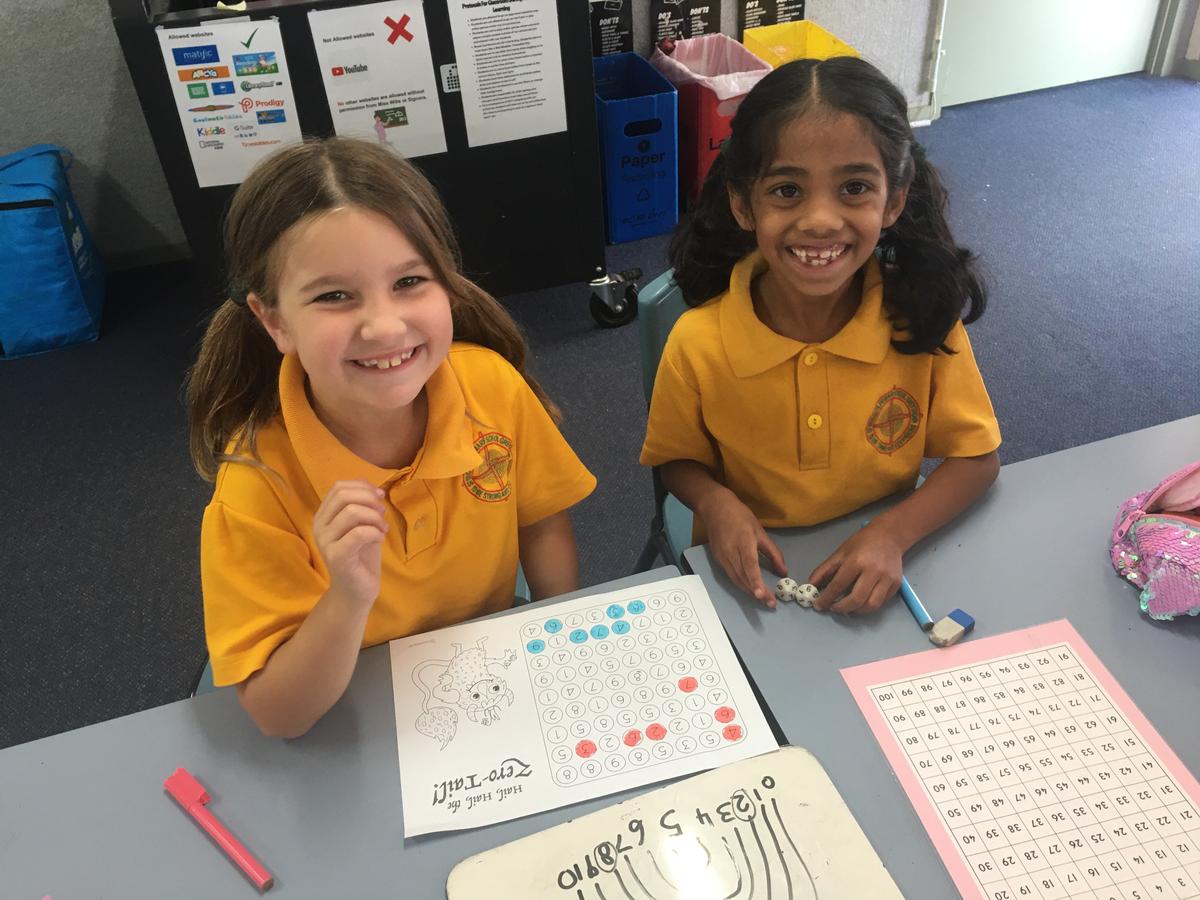



To reinforce this concept, we have been examining number patterns through skip counting by 2s, 5s and 10s but starting at other points than the norm. Children are then asked to describe the pattern by answering such questions: Do the numbers go forwards or backwards and how do you know? How many digits are we going up or down by? Can you show me on a number line?
Recently, we played a fun game where the aim was to make a 2-digit number by rolling two 2-sided dice and then finding the number bond on their worksheet that when added to it created a number that ended in zero. Whichever player had the most coloured in numbers in a straight line when the game ended, was the winner!
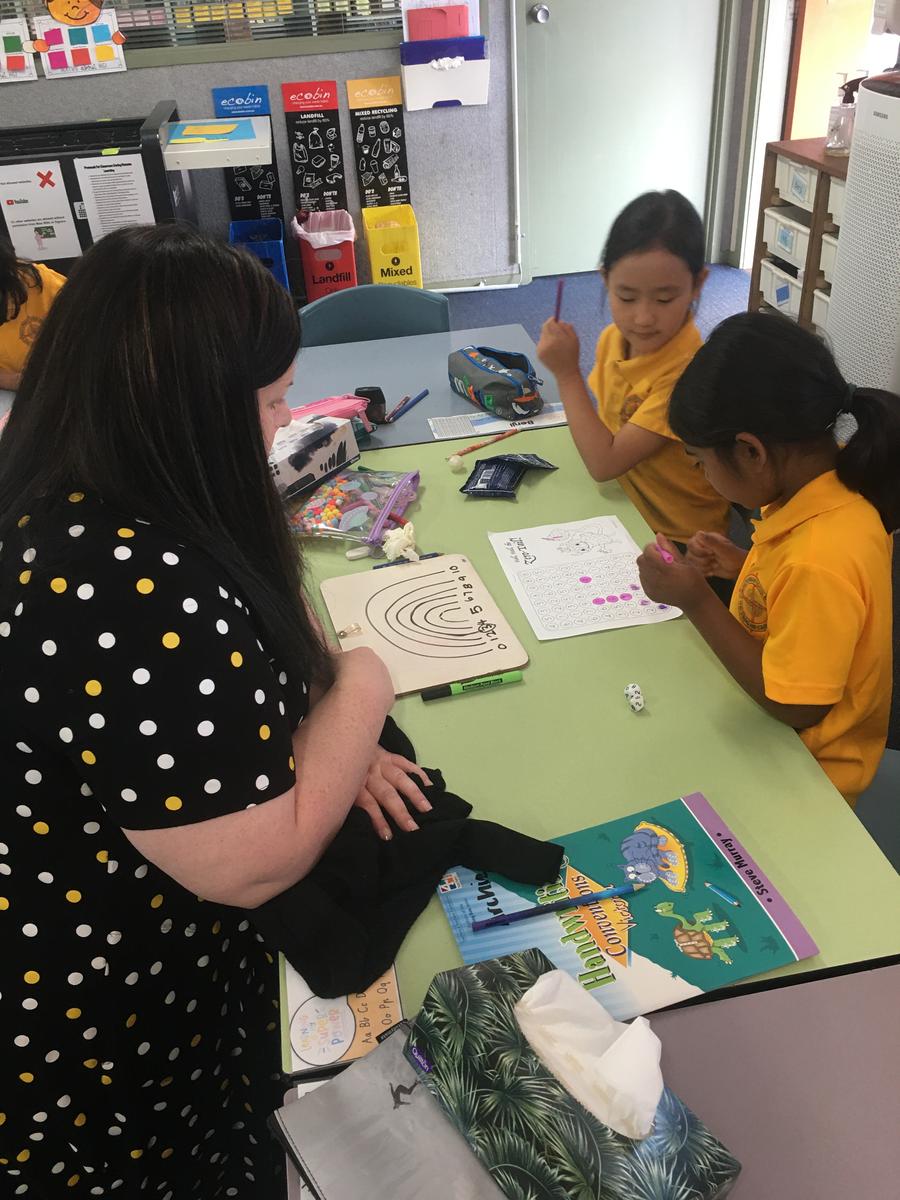
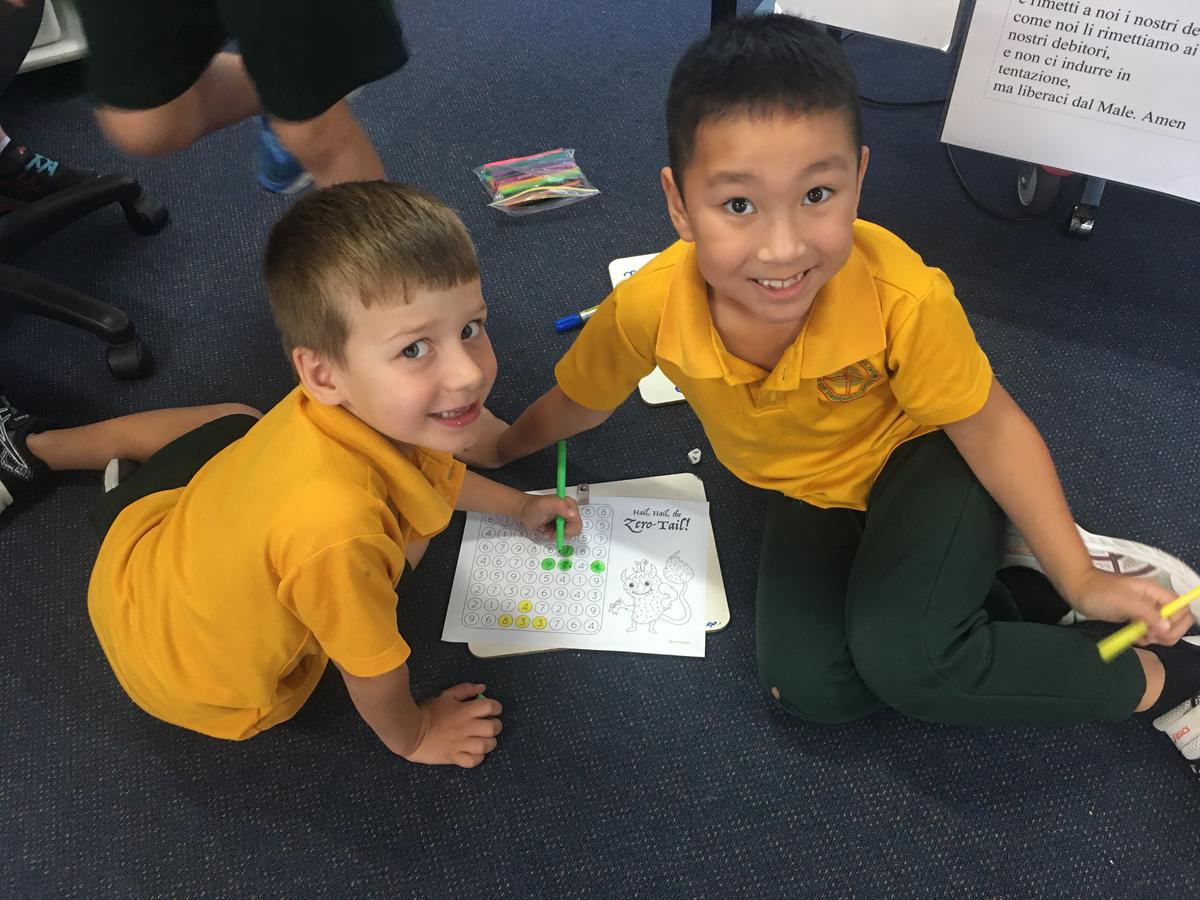




In Writing over the last few weeks, the students in the Junior Learning Community have been learning how to write Procedural Texts. Procedural Texts are a common factual text-type that they will continue to encounter in Literacy over the years and throughout their lives. The purpose of procedural texts is to provide a series of precise, sequenced steps or directions that explain to the reader how to do something, while also allowing the reader to reach the outcome successfully.
Procedural texts can take several forms, including recipes, instructions for how to do, use, or make something, science experiments and directions on how to get somewhere.
During the last week of Term, the students observed their teacher making ‘Mice You can Eat’. They were later able to write up or illustrate their own procedural text.
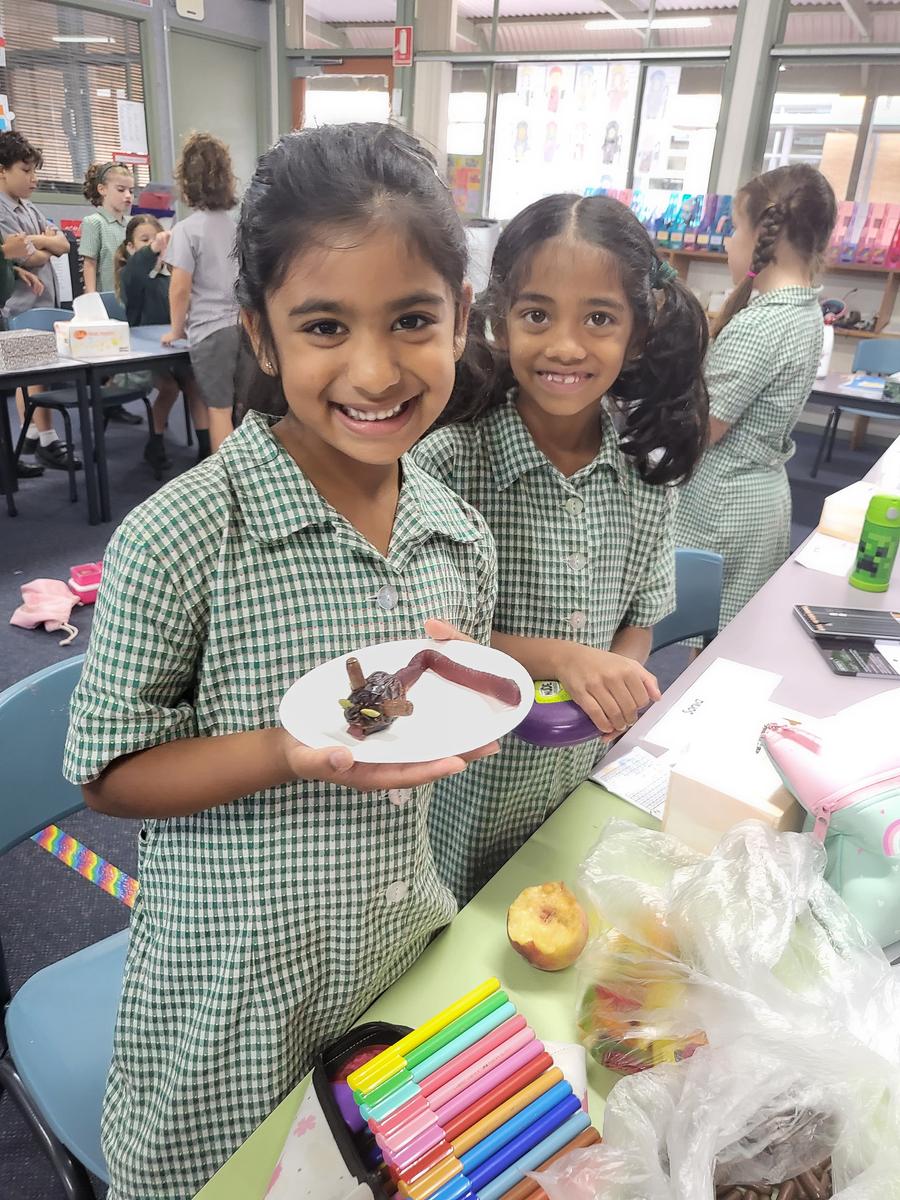
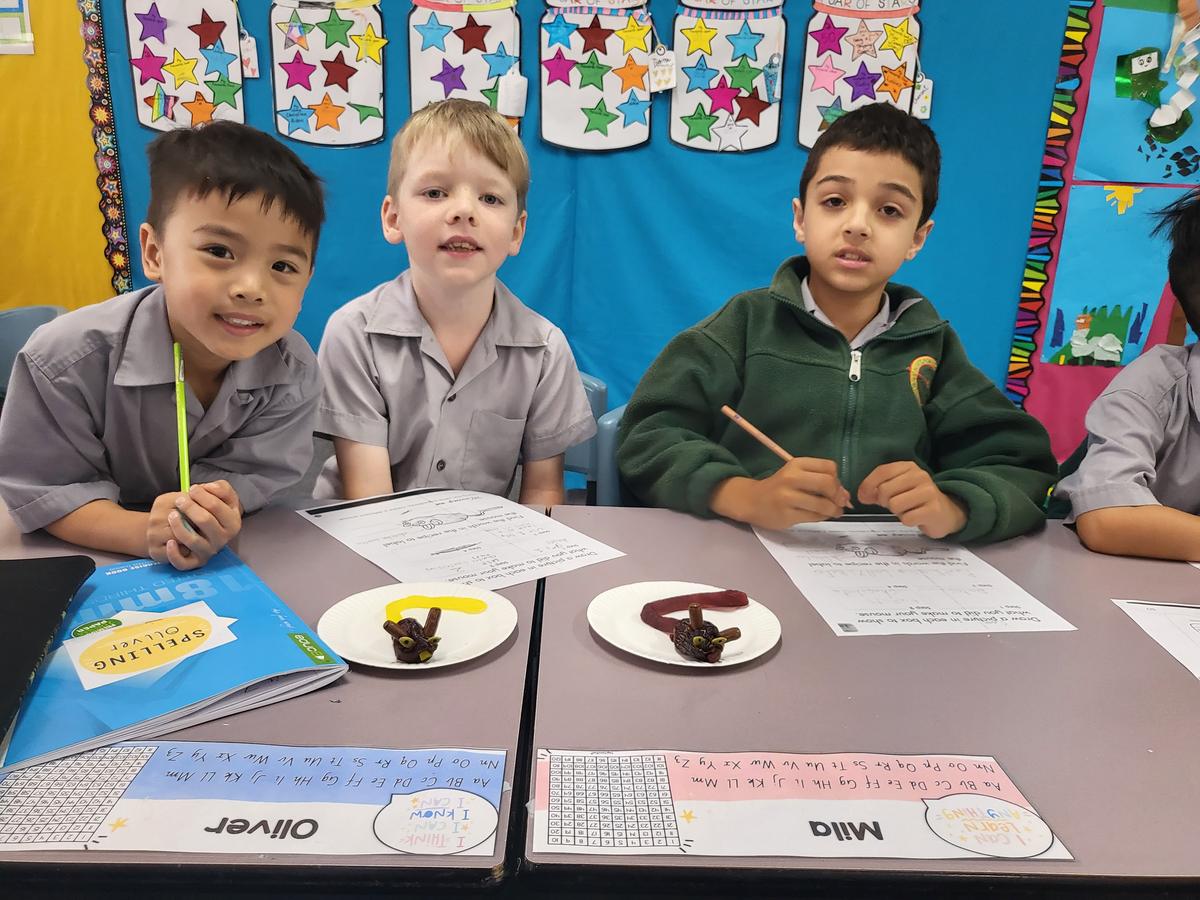
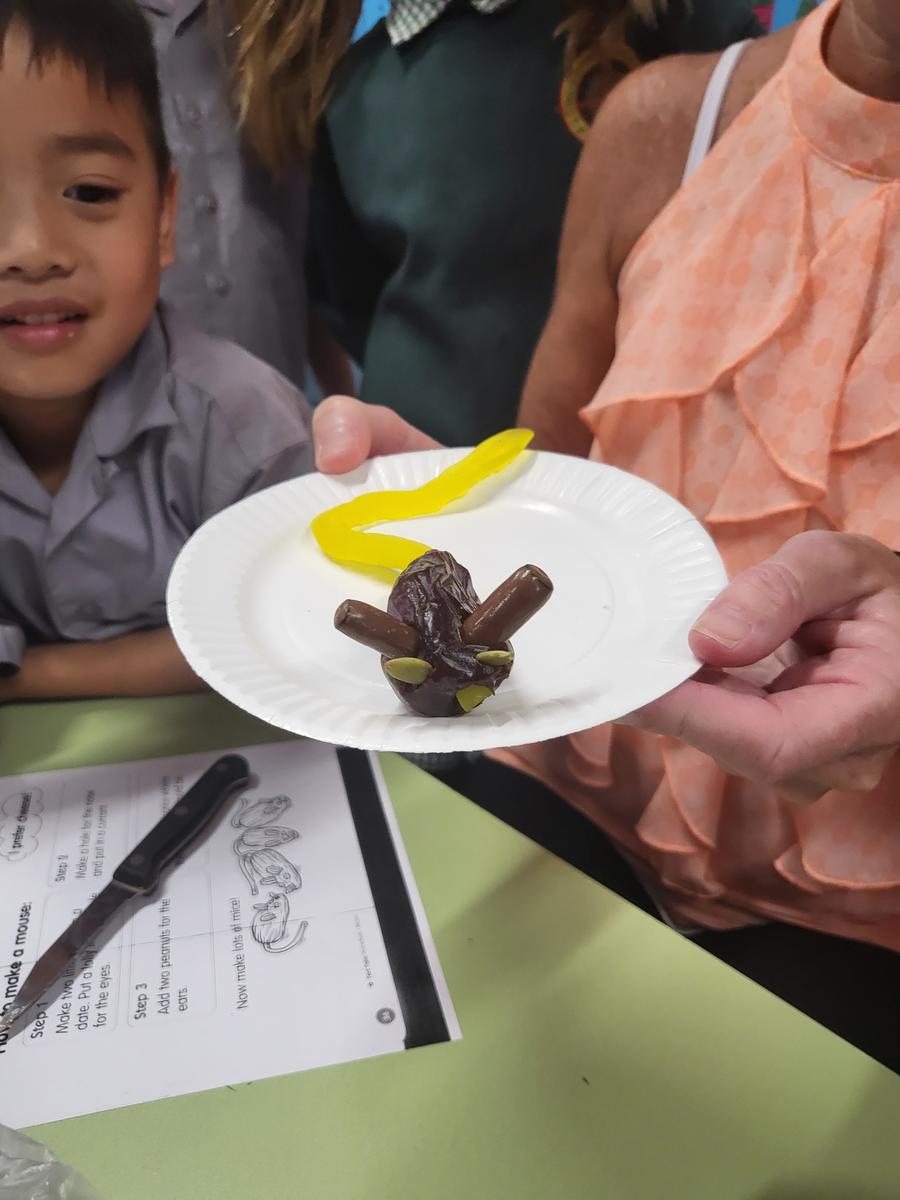



They were able to provide a title, followed by subheadings outlining a list of what was needed and sequenced steps on how to make mice you can eat. During the challenge activity, the students were asked to think of other animals they might be able to make using the same ingredients and draw and label the animal they chose.
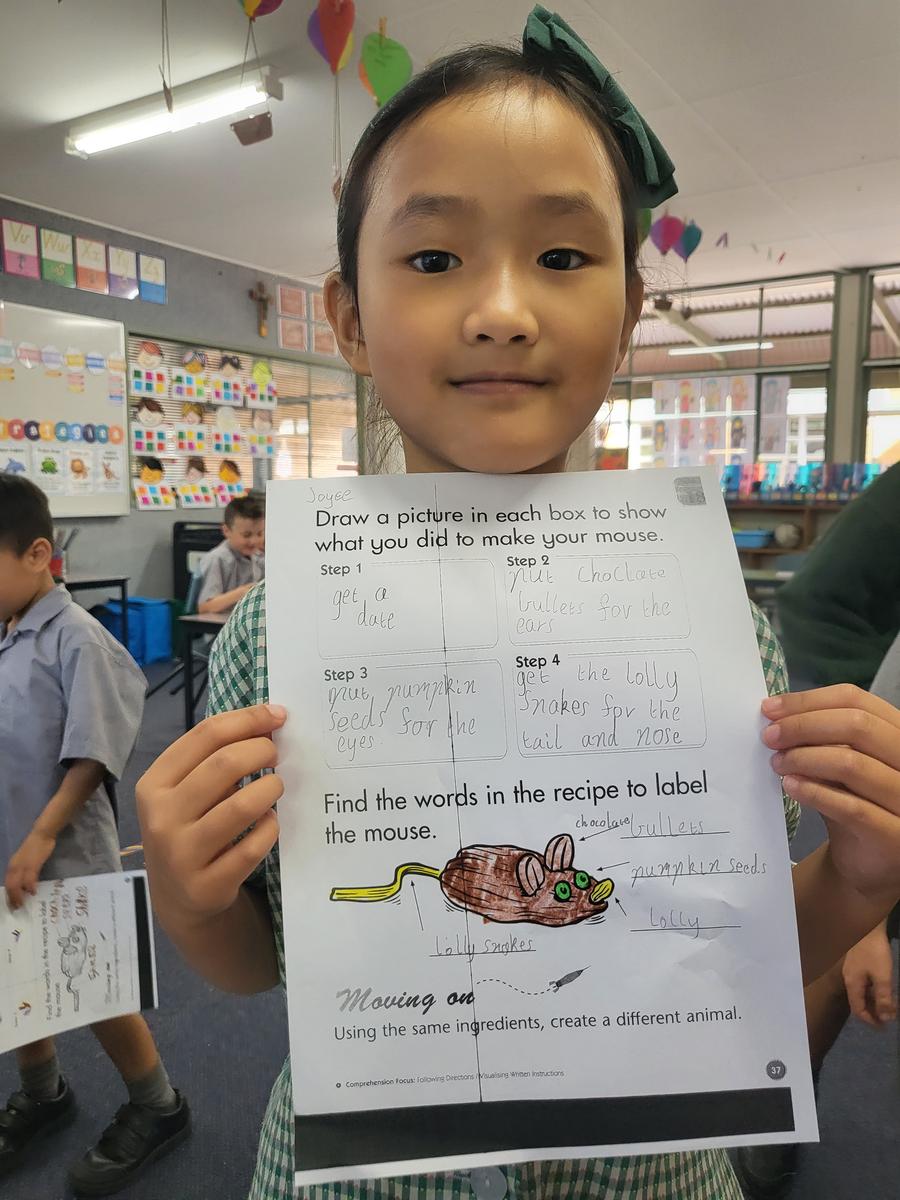
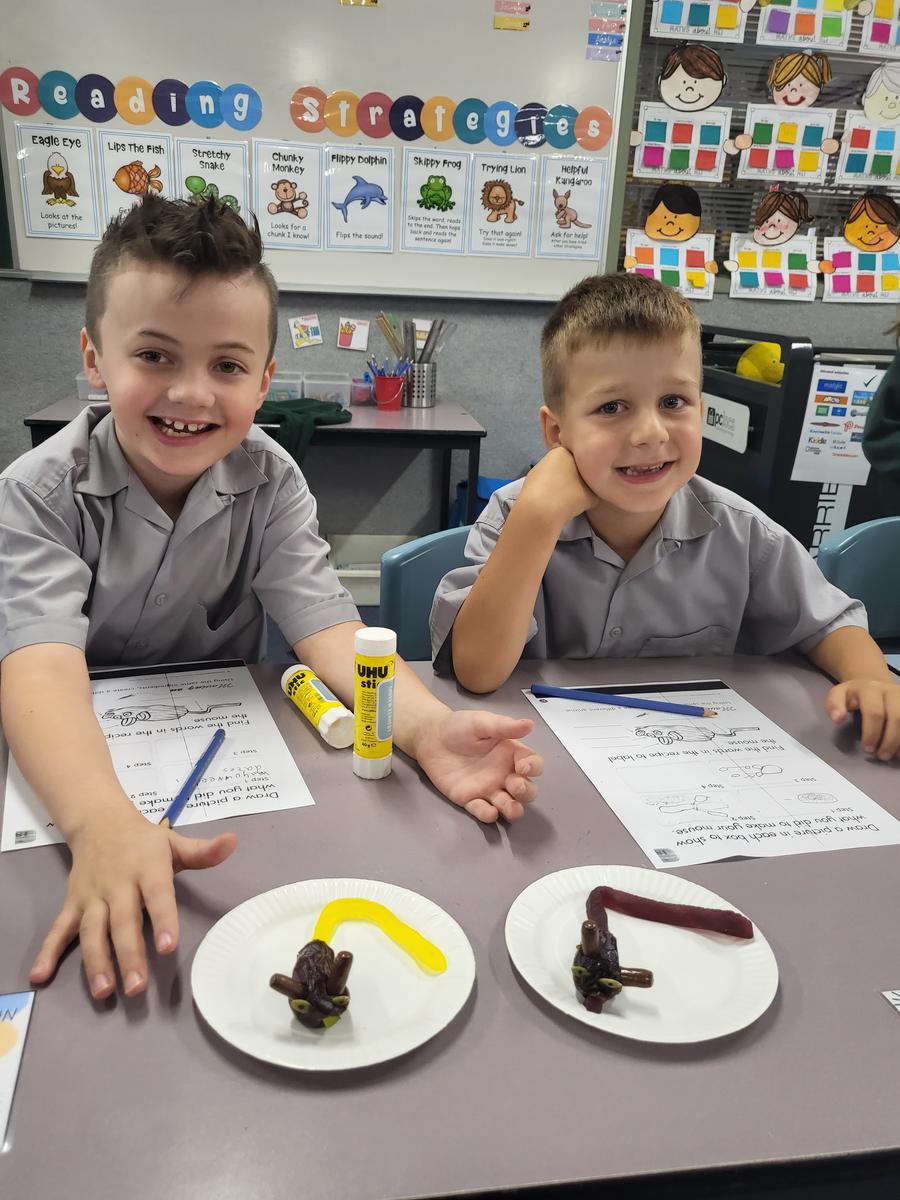


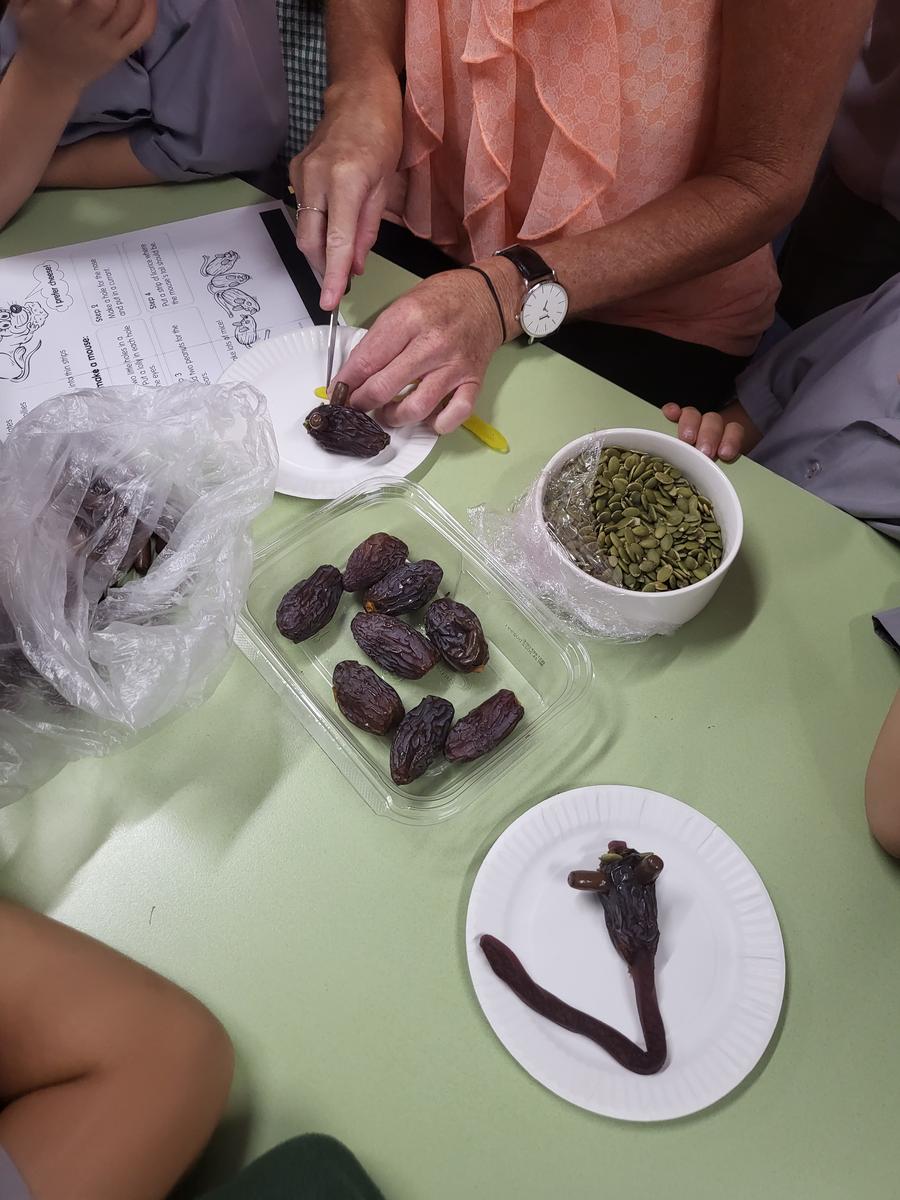





Each week JLC students go to the Library and have the opportunity to borrow and return books. While they are there, students are encouraged to browse through the library shelves and choose appropriate books to read and borrow. Students also listen to a story read by Miss Wills or sometimes the students listen to each other read.
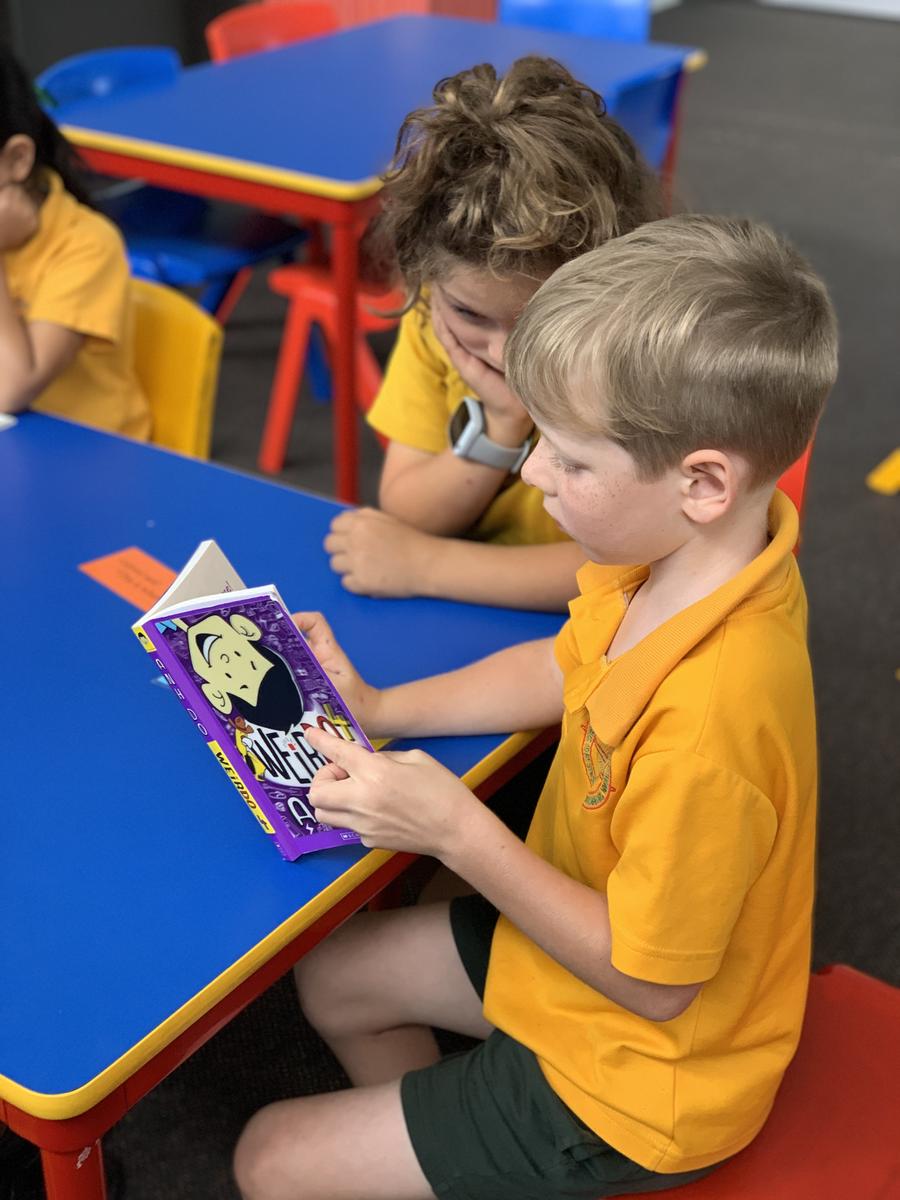
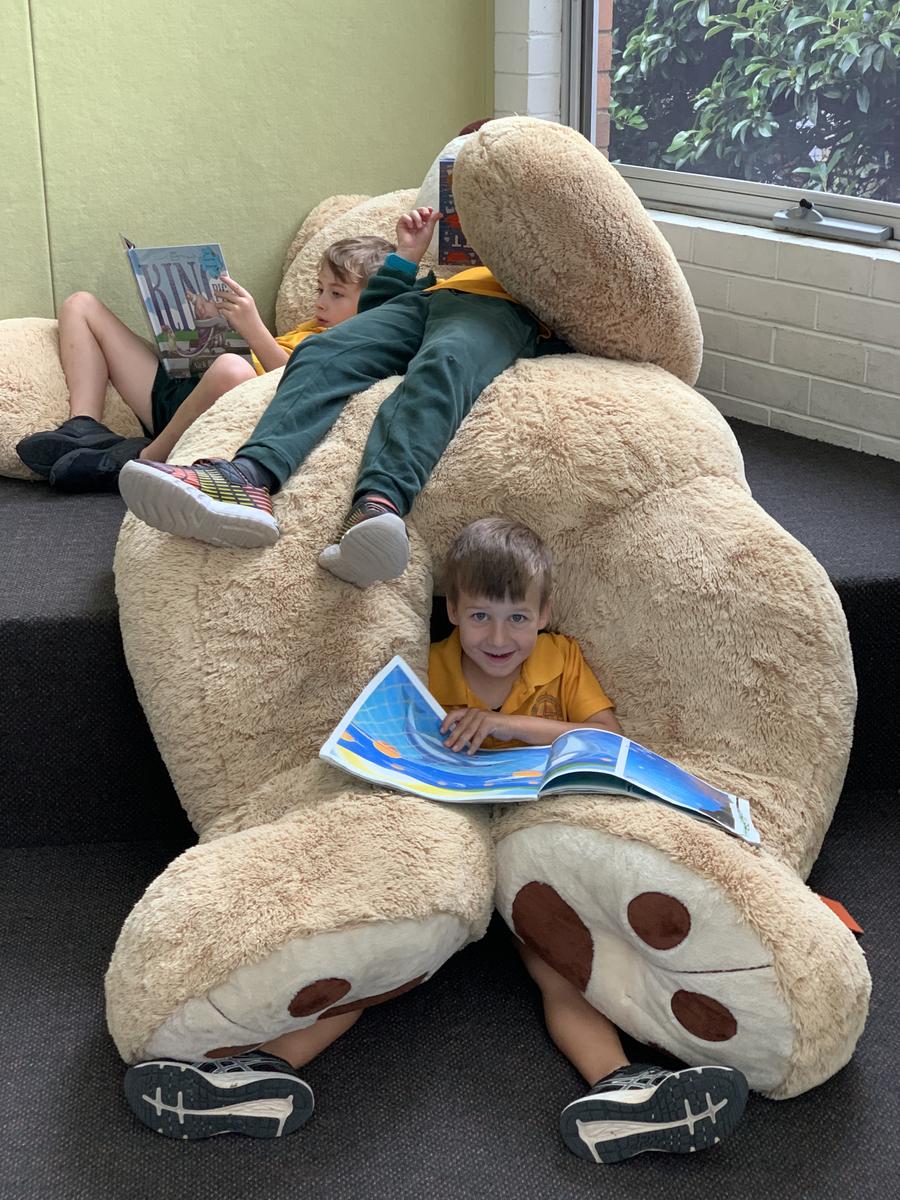
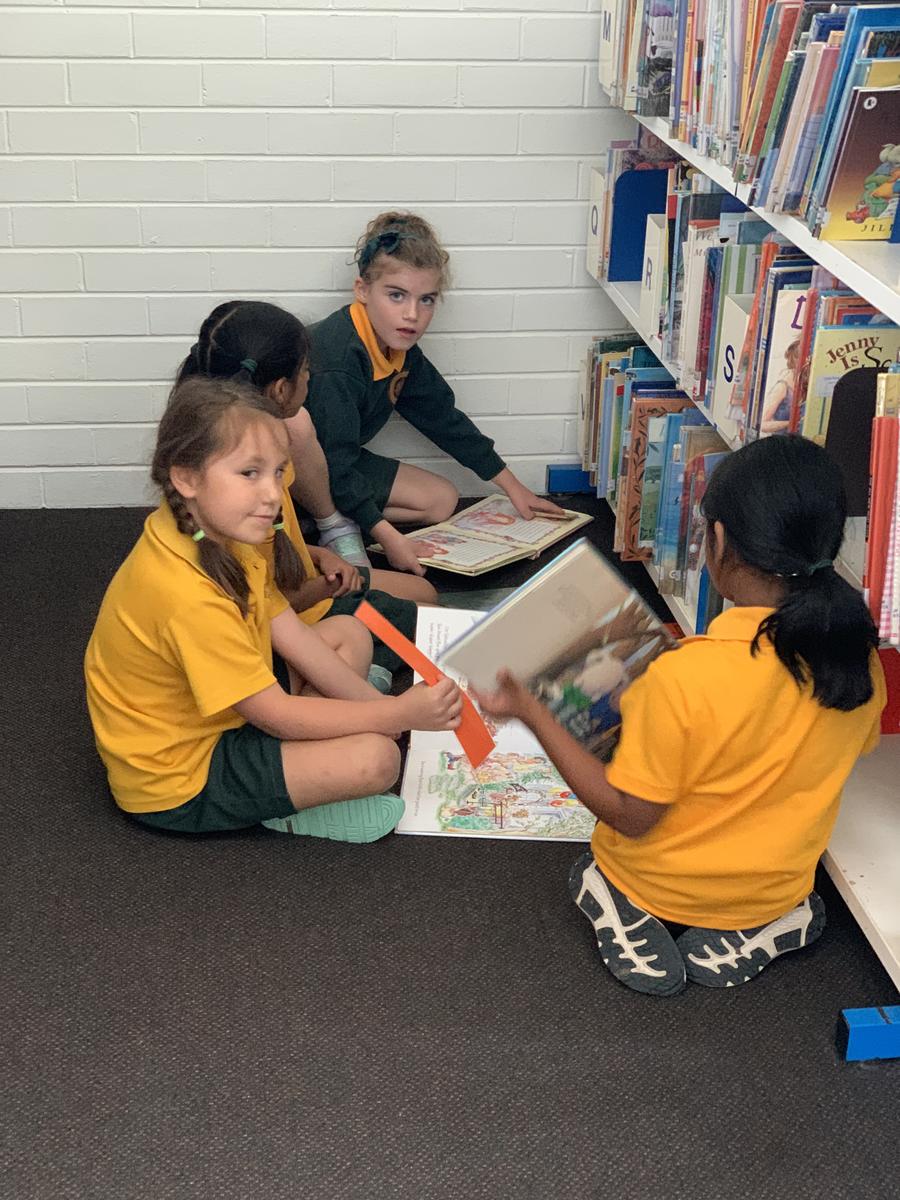



Regular reading aloud or independently is important because it improves decoding, fluency and comprehension skills. Listening to others' reading also increases enjoyment and comprehension of the text, especially when combined with conversation about the words, images and concepts within the story.




JLC and Prep students practised very hard for their performance of the Easter Story at Assembly. Students re-enacted the story of Palm Sunday when Jesus rode into Jerusalem on a donkey and the crowds waved palms to celebrate his arrival. Summer from Prep, Mila, Giovanni, Lucas, Jordan, Archie, Wayne and Joyce from JLC all read their parts beautifully and Jesus and the donkey were played wonderfully by Tiana and Juliette. All students enthusiastically joined in singing the song Shout Hosanna to finish off our performance. We hope all the parents and family in attendance enjoyed our performance.
Over the last few weeks the children in the Junior Learning Community have been learning about Capacity in Mathematics. The children have learnt that Capacity is the maximum amount that a container can hold. They have been learning to use the language of capacity when describing the state of a container. For example, the container is full, empty, nearly full, nearly empty, half full, half empty etc.
The children conducted experiments using containers of different sizes and measuring tools such as a spoon, a cup, a mug and a jug.
We went to the sand pit and firstly the children were asked to estimate (or guess) how many spoonfuls of sand would fill the cup and they recorded their estimation.


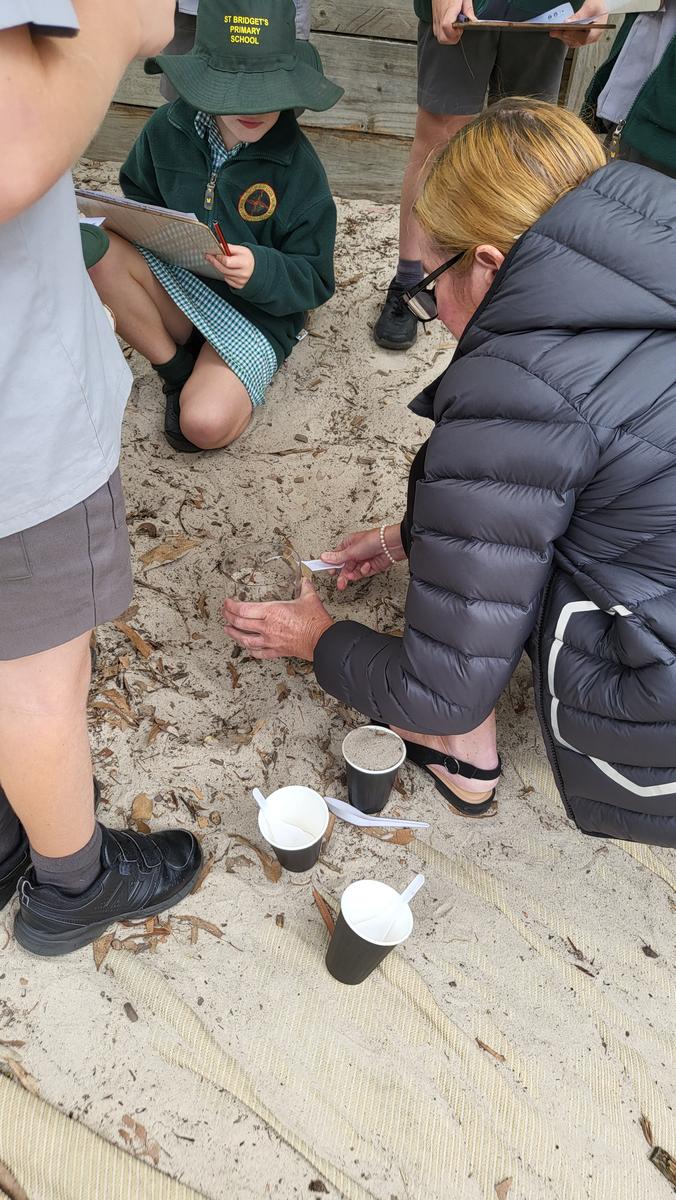
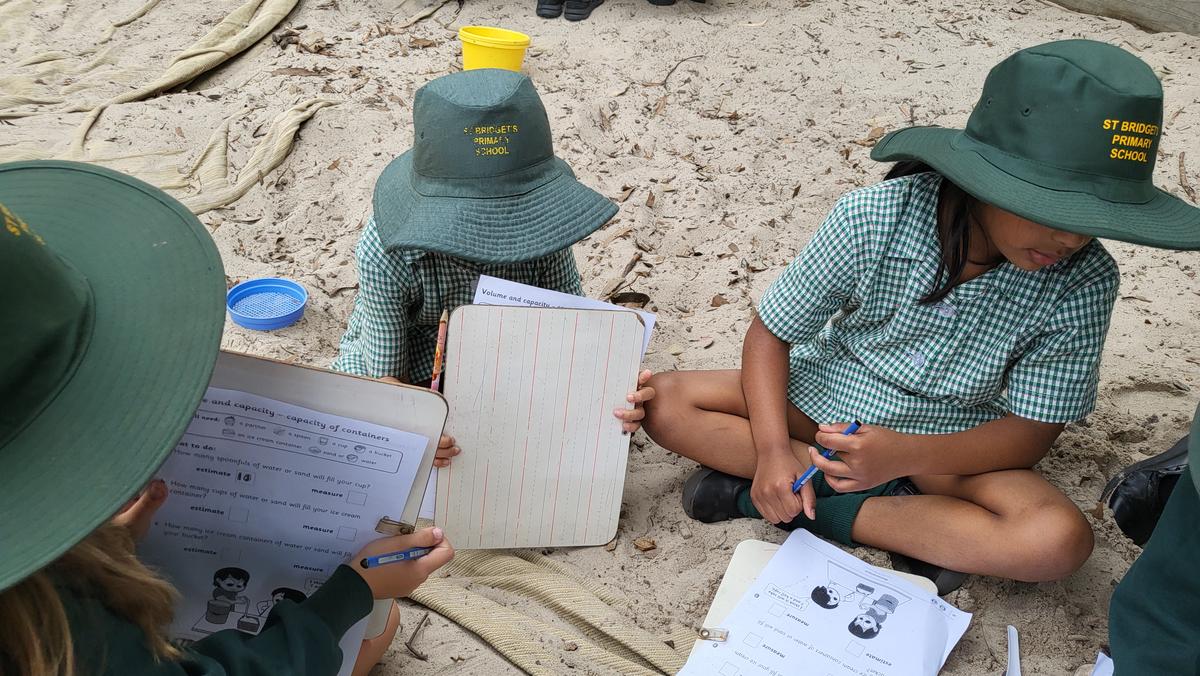




Then they actually measured by counting the spoonfuls that were needed to fill the cup and recorded the correct measurement. It was great to see how their estimates improved over the time of the experiment. Well done JLC.
Kind regards
Signora Gina Michieli and Miss Carly Wills
JLC Classroom Teachers